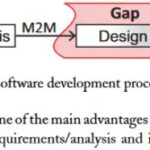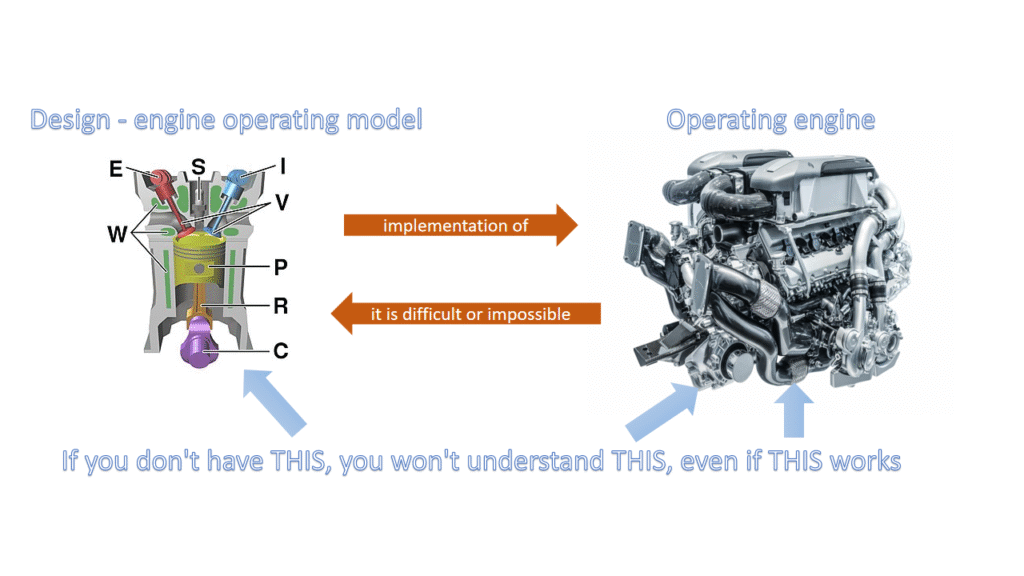MDD
now browsing by tag
actor
agile
architecture
BCE
BPMN
business architecture
Business Continuity Management
business process
CIM
courses
design
enterprise architecture
extend
ICONIX
impact analysis
include
inheritance
learn
MBSE
MDA
MDD
MOF
MVC
objectt oriented
omg.org
OOAD
patterns
PIM
practice
PSM
SBVR
skills
software engineering
SysML
system
system design
Systems analysis and design
trace
UML
use case
Design vs implementation

Introduction
In software development, design software refers to the process of defining the structure, components, and behaviour of a software system. In contrast, implementation software focuses on translating those designs into actual, executable code. Essentially, design is about planning and architecture, while implementation is about building and coding.
Here’s a more detailed breakdown:
Design Software:
- Purpose: To create a blueprint for the software, specifying its functionality, architecture, and user interface.
- Activities: Requirements gathering, system modelling (using diagrams like UML), database design, user interface design, and creating technical specifications.
- Focus: Problem-solving, high-level planning, and creating a clear vision of the software before coding begins.
- Output: Design documents, specifications, prototypes, and architectural diagrams.
Implementation Software:
- Purpose: To turn the design into a working, executable software product.
- Activities: Writing code in a specific programming language, unit testing, integration testing, and debugging.
- Focus: Coding, testing, and deploying the software based on the design specifications.
- Output: Source code, compiled binaries, and the deployed software application.

